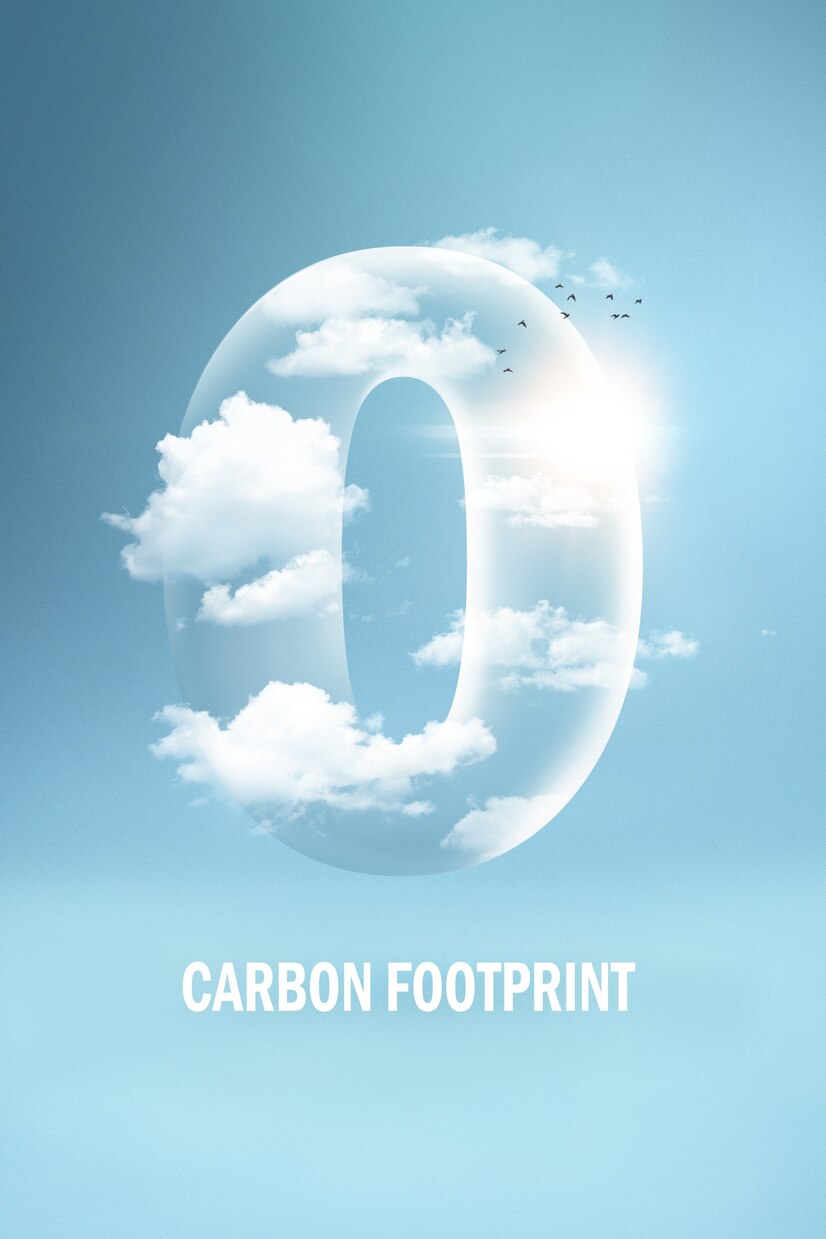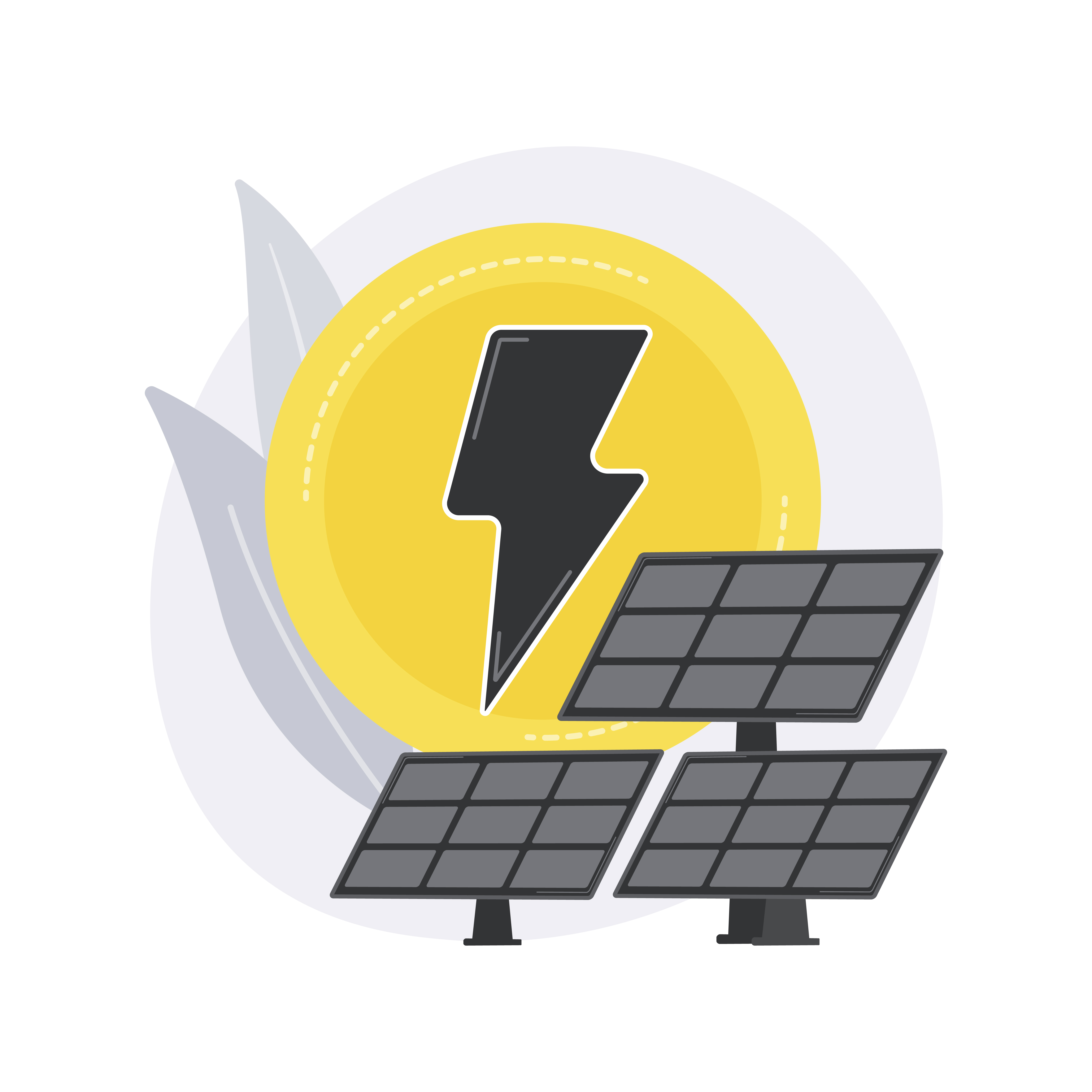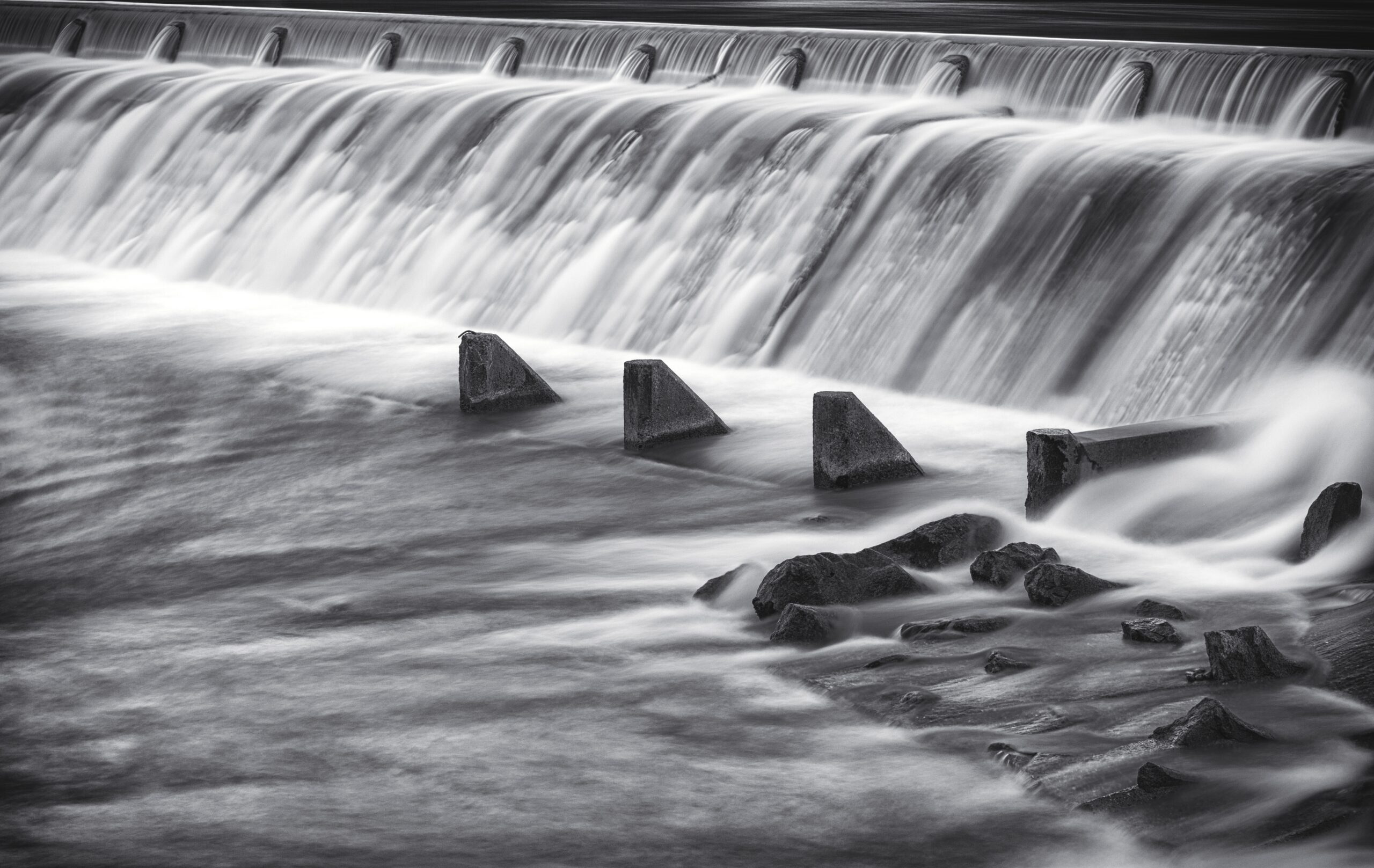Russia has made significant strides in hydropower development, boasting an installed capacity of over 50 gigawatts. Approximately 19% of its power generation needs are through this sustainable and renewable source. It intends to achieve carbon neutrality by 2060, and hydropower will be crucial in achieving the objective. I will discuss the Russian government's strategy, the top five largest hydropower plants, the five firms responsible for hydropower generation and the key issues which need to be dealt with by the Russian Federation.
Ambition & Strategy
Russia plans to install 3.8 Gigawatt of new hydropower plants and 2.9 Gigawatt of pumped-storage plants as per the general scheme for the location of electric power facilities until 2035.
Biggest Hydropower plants
- Sayano-ShushensKaya is on the Yenisei river basin in Khakassia, developed by Lenhydroproject and owned by RusHydro. The construction commenced in 1968 and was officially commissioned in 1978, boasting an impressive capacity of 6400 megawatts. It underwent modernization between 2010 and 2014.
- Krasnoyarsk is located on the Yenisei River in Krasnoyarsk Krai, developed by Lengidroproekt and owned by EuroSibEnergo. Initiated in 1956, and construction was completed in 1972, showcasing an impressive capacity of 6,000 megawatts. It underwent modernization in 2014 and from 2016 to 2019.
- The ust-Ilimskaya, located on the Angara River basin in Irkutsk, was developed with a $7174 million investment and is owned by EuroSibEnergo. Construction began in 1963 and was commissioned in 1974 with 3840 megawatt capacity.
- The Boguchanskaya, located in the Angara River basin in Krasnoyarsk Krai, was developed by Boguchanskaya HPP with a $5,658 million investment. The construction began in 1976 and entered commercial operations in 2012 with a 2997-megawatt capacity.
- The Zhigulevskaya, located on the Volga River basin in Samara, was developed and owned by RusHydro. Construction began in 1950 and entered commercial operations in 1955 with 2488 megawatt capacity.
Top Operators
- RusHydro, headquartered in Moscow, is the largest power generation company with 38.2 Gigawatt of power generation capacity as of 2021.
- EuroSibEnergo-Hydrogeneration, headquartered in Moscow, is the second largest hydropower company with a 9,000 Megawatt installed capacity.
- Voith Hydro, headquartered in Balakovo, manufacture hydraulic turbines and provide maintenance services for the operation of hydropower plants.
- Tatenergo, headquartered in Kazan, operate multiple hydropower plants with a total capacity of 5,835 Megawatt.
- TGC-1, headquartered in Saint Petersburg, produces electrical and thermal energy equipment and operates 40 hydropower plants with a total capacity of 2,858 Megawatt.
Challenges
- The first challenge to scaling hydropower is that Russia is not focusing on developing renewable energy due to the sufficiency of fossil fuels and nuclear energy, and the country is not pushing to develop renewable energy capacity.
- The industry's capital-intensive nature presents a second challenge, necessitating the allocation of substantial financial resources towards the development of power plants, and it hinders Russia's ability to increase hydropower capacity.
- The third issue is that it is tough to balance the need for the conservation of the environment and building large dams to draw electricity as they obstruct the migratory patterns of fish, thereby impacting the ocean’s ecology.
Final Viewpoint
In this piece, I have talked about Russia's ambition concerning hydropower, but despite tremendous potential, it is not ambitious enough. I have highlighted the largest hydropower plants, most of which were constructed in the twentieth century and subsequently expanded to accommodate higher capacities during the twenty-first century. I have identified the top five indigenous firms that play a role in supplying electricity through hydropower plants. To become a leader in hydropower, Russia must address three significant obstacles that impede its progress in this domain. Finally, Russia is in the top five countries in hydropower capacity, but its potential is underutilized.
End Notes:
- https://www.nsenergybusiness.com/news/top-hydropower-producing-countries/
- https://www.enerdata.net/publications/daily-energy-news/russia-plans-38-gw-new-hydro-and-29-gw-new-pumped-storage-plants.html
- https://interfax.com/newsroom/top-stories/85143/https://www.newswise.com/articles/hydropower-and-wind-may-replace-oil-and-gas-in-russia
- https://www.statista.com/statistics/1319014/rushydro-installed-electricity-generation-capacity/
- https://www.power-technology.com/data-insights/top-five-hydro-power-plants-in-operation-in-russia/
- https://www.power-technology.com/marketdata/power-plant-profile-krasnoyarsk-russia/
- https://www.power-technology.com/marketdata/power-plant-profile-boguchanskaya-russia/
- https://www.power-technology.com/marketdata/power-plant-profile-zhigulevskaya-russia/
- http://www.hydropower.ru/en/assotiation/members.php
- https://climateactiontracker.org/countries/russian-federation/net-zero-targets/#:~:text=Ten%20key%20elements&text=Target%20year%20%E2%80%93%20Russia%20aims%20to,%22no%20later%20than%202060%22
- https://www.power-technology.com/features/hydropower-challenges-dams-world-projects/#catfish





